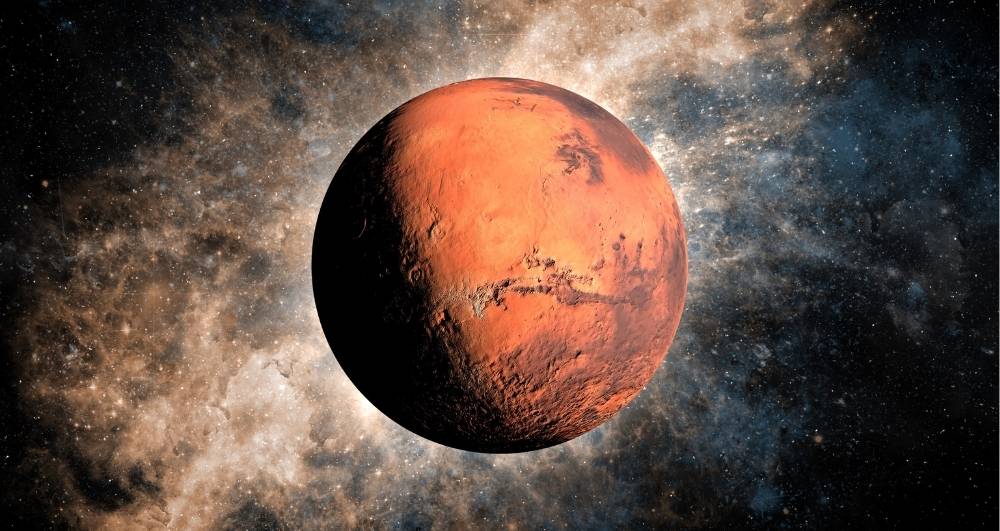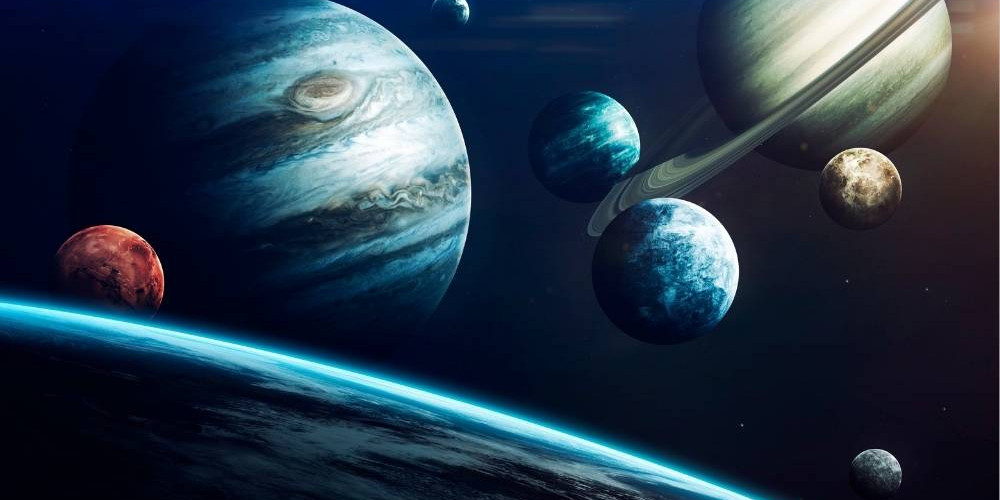The Solar System has always fascinated scientists, explorers, and stargazers alike. While most people know the basics—like the Sun at its center and eight orbiting planets—there are countless hidden wonders that make our cosmic neighborhood even more intriguing. Here are ten fascinating facts about the Solar System that will expand your perspective on the universe we call home.
1. The Sun Makes Up 99.8% of the Solar System’s Mass
Almost everything in the Solar System—planets, moons, asteroids, and comets combined—adds up to just a fraction of the Sun’s mass. That’s why its gravity dominates and keeps all celestial bodies in orbit.
2. Jupiter Has a Magnetic Field 20,000 Times Stronger Than Earth’s
This giant planet doesn’t just impress with size; its powerful magnetic field traps radiation and creates massive auroras at its poles, visible even from space probes.
3. Venus Spins Backwards
Unlike most planets, Venus rotates on its axis in the opposite direction, meaning the Sun rises in the west and sets in the east. Its slow rotation also makes a day on Venus longer than its year.
4. Saturn Could Float in Water
With its low density—less than that of water—Saturn would float if there were a body of water large enough to hold it. This gas giant is lighter than it looks.
5. Mars Hosts the Tallest Volcano in the Solar System
Olympus Mons towers nearly three times the height of Mount Everest. Though dormant, it’s a striking reminder of the Red Planet’s volcanic history.

6. Mercury Faces Extreme Temperatures
Despite being the closest planet to the Sun, Mercury isn’t the hottest. But its lack of atmosphere means temperatures swing from a blistering 430°C (800°F) during the day to –180°C (–290°F) at night.
7. Neptune Has Supersonic Winds
Winds on Neptune reach speeds of over 1,200 miles per hour (2,000 km/h)—faster than the speed of sound on Earth.
8. There’s a Dwarf Planet Beyond Pluto Called Eris
Eris is slightly smaller than Pluto but more massive, and its discovery in 2005 was one of the reasons Pluto was reclassified as a dwarf planet.
9. Saturn’s Rings Are Disappearing
NASA research shows Saturn’s rings are slowly falling toward the planet, meaning they could vanish in about 100 million years—a blink of an eye in cosmic time.
10. The Solar System Extends Beyond Pluto
The Kuiper Belt and the Oort Cloud form vast regions filled with icy bodies and comets, stretching trillions of miles from the Sun and marking the true boundary of our Solar System.
Final Thoughts
The Solar System is far more than planets and moons—it’s a living, evolving system full of mysteries and surprises. From bizarre planetary rotations to disappearing rings, these facts highlight just how dynamic and extraordinary our corner of the universe really is.



